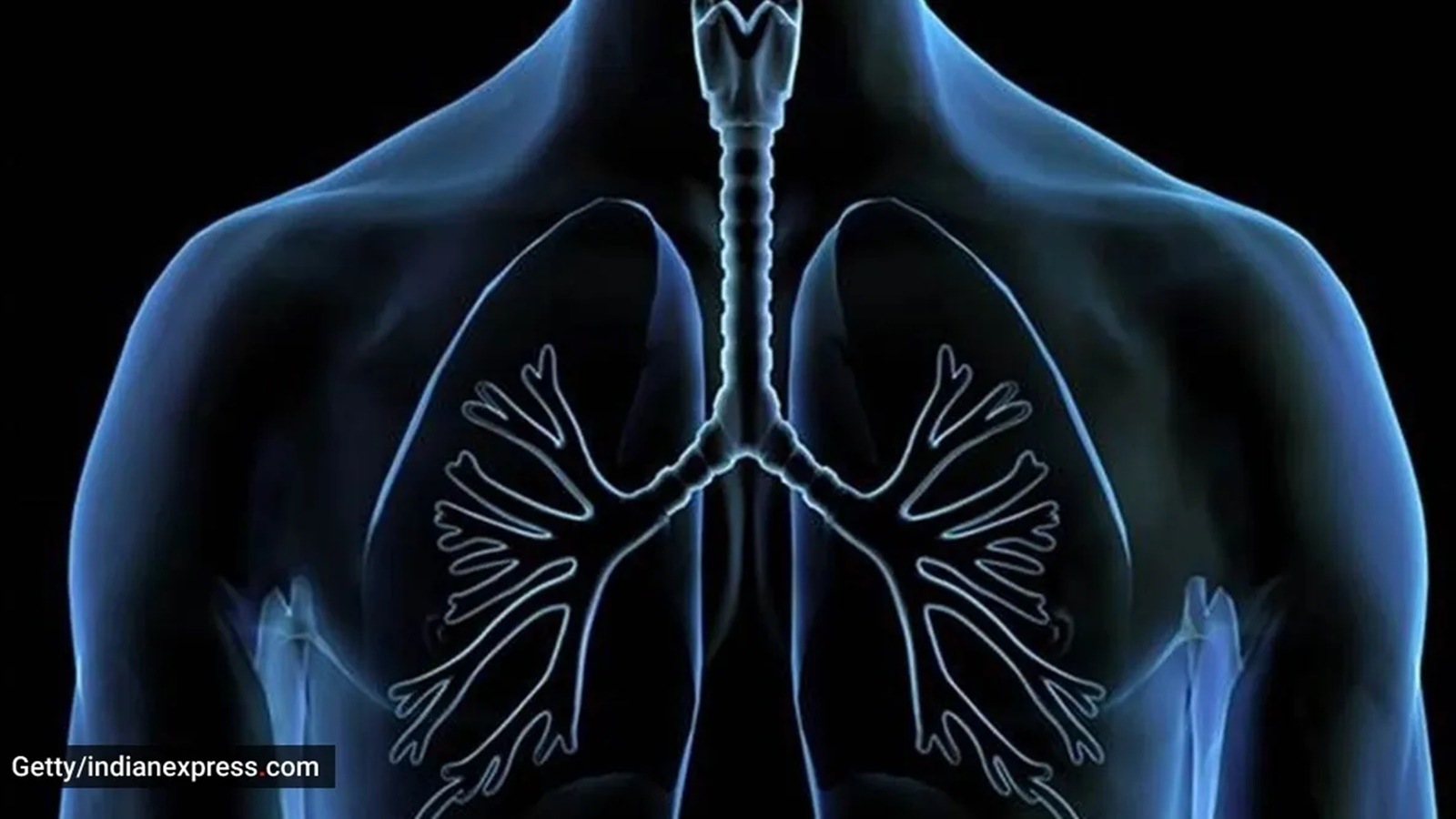📣 For more lifestyle news, click here to join our WhatsApp Channel and also follow us on Instagram
NEET UG 2024 Topper Divyansh scores a perfect 720 despite suffering from pneumothorax; know more about the severe lung condition
Usually, pulmonologists treat pneumothorax taking into account several factors, said Dr Nagesh Dhadge, consultant, pulmonology, Manipal Hospital, Baner, Pune
 NEET UG 2024 Topper Divyansh suffered from a lung condition while preparing (Photo: Allen Coaching Institute)
NEET UG 2024 Topper Divyansh suffered from a lung condition while preparing (Photo: Allen Coaching Institute)On June 4, Divyansh — a native of Haryana’s Charkhi Dadri — emerged as All India Rank-1 by cracking the NEET UG 2024 with a perfect score of 720. The feat follows his battle with health issues like pneumothorax (a severe lung ailment) and dengue in July 2023. “After recovering from the lung condition, I contracted dengue. I was bedridden for a week due to dengue, and once I recovered, my mother fell ill. I took care of her and visited the hospital daily. Once everything was sorted, I restarted. It took about 10-15 days to get back on track. Other students were far ahead in the syllabus, but I focused on myself and followed my teachers’ guidance,” he shared in an exclusive interview with indianexpress.com.
Taking a cue from the medical challenges he faced while preparing for the National Eligibility cum Entrance Test, an entrance test for admission to undergraduate medical and paramedical courses offered in India, let’s understand more about pneumothorax.
What is pneumothorax?
Dr Nagesh Dhadge, consultant, pulmonology, Manipal Hospital, Baner, Pune said that pneumothorax is a lung rupture because of a puncture, causing it to deflate in its bag. “Something like what happens when the tube of a vehicle tyre ruptures,” he explained, adding that it may occur spontaneously or because of an underlying cause such as infection in the lung.
Symptoms
Common symptoms depend on the size of pneumothorax (amount of lung collapse in the chest). “Individuals might experience various symptoms like sharp chest pain which worsens while breathing or coughing, shortness of words especially while speaking or after physical activities like walking or running, skin getting bluish due to lack of oxygen, and increased heartbeat,” said Dr Harish Chafle, pulmonology and critical care, Gleneagles Hospital Parel Mumbai.
“A small pneumothorax may not produce many symptoms. The patient may present with slight chest pain and breathlessness. But in extreme emergencies, one may present with profound breathlessness and dangerous fall in oxygen levels,” said Dr Dhadge.
 Are you taking care of your lungs? (Source: Getty Images/Thinkstock)
Are you taking care of your lungs? (Source: Getty Images/Thinkstock)
Causes
There could be various factors that could lead to pneumothorax such as sudden chest trauma, excessive pressure on the lungs, suffering from lung diseases such as COPD (chronic obstructive pulmonary diseases), asthma, cystic fibrosis, tuberculosis, or cough.
Treatment
Usually, pulmonologists treat taking into account several factors. The treatment of pneumothorax may be of two types depending on the size.
If it is a small pneumothorax, which can be quantified with the help of a chest x-ray, then treatment like conservative management (not treated with any invasive means) is recommended.
“Small pneumothorax may need simple monitoring as most small-sized pneumothorax resolve within a week. Patients who suffer from breathlessness may need either needle aspiration of the air collected or a placement of a small tube in the chest cavity. The decision to treat depends on the size of air collected, symptoms of the patient, and underlying lung condition,” elucidated Dr Dhadge.
Similarly, if the pneumothorax is larger in amount and it causes respiratory distress such as breathing difficulty, breathlessness, and chest pain, and the patient’s oxygen saturation goes down, then chest tube drainage is an effective option, said Dr Chafle. “Another easier option is putting a smaller tube called a pigtail which can be put under the guidance of sonography or CT scan. Some individuals might also need to undergo surgery which is called Video-assisted thoracoscopic surgery (VATS). In this procedure, the thoracoscope is put in the lungs and the pleura surface to visualize for a leak and if the leak is found it can be sealed with some agent,” explained Dr Chafle.
Prevention
Some patients who develop recurrent episodes have to undergo specialised procedures to prevent future risks. “Individuals with chronic lung diseases such as COPD, and interstitial lung disease are at a higher risk of developing rupture of the lung leading to pneumothorax. Also, individuals who are tall and thin are at greater risk,” said Dr Dhadge.
Some uncommon genetic illnesses of the lungs can also increase the risk of developing recurrent pneumothorax. “Susceptible individuals need to watch for sudden chest pain and breathlessness as a warning sign of pneumothorax,” said Dr Dhadge.
📣 For more lifestyle news, click here to join our WhatsApp Channel and also follow us on Instagram
- 01
- 02
- 03
- 04
- 05



























